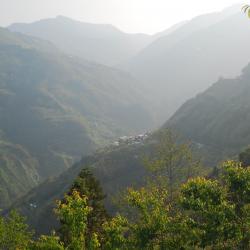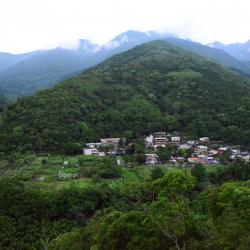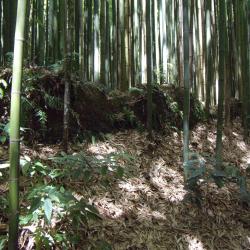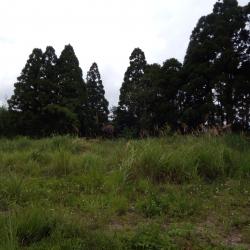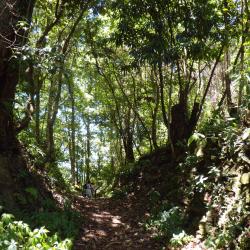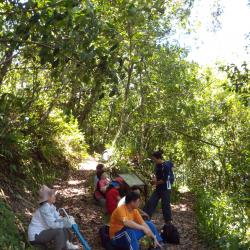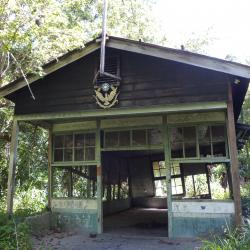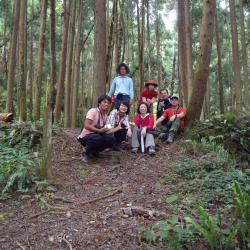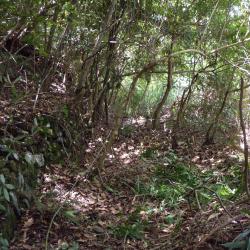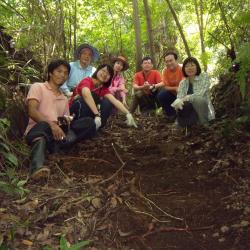The Kara Hamlet is located 3 km northeast of Shangbaling in Fuxing District, Taoyuan City, on the hillside on the south bank of Daguan River. It sits 900 meters above sea level, and the traditional Atayal name is Qara, which means separate or branch.
In the past, two brothers had to separate due to insufficient hunting grounds. The eldest brother and his family stayed in today’s Baling Hamlet, while the younger brother took their family and arrived at the old tribe, which is on the hill opposite to the current Kara Hamlet.
Many years ago, due to typhoons the people moved to Kara hamlet for the safety of their homes and traffic reasons. It is a hamlet of around 20 households, mainly living in the vicinity of the boat-shaped church.
